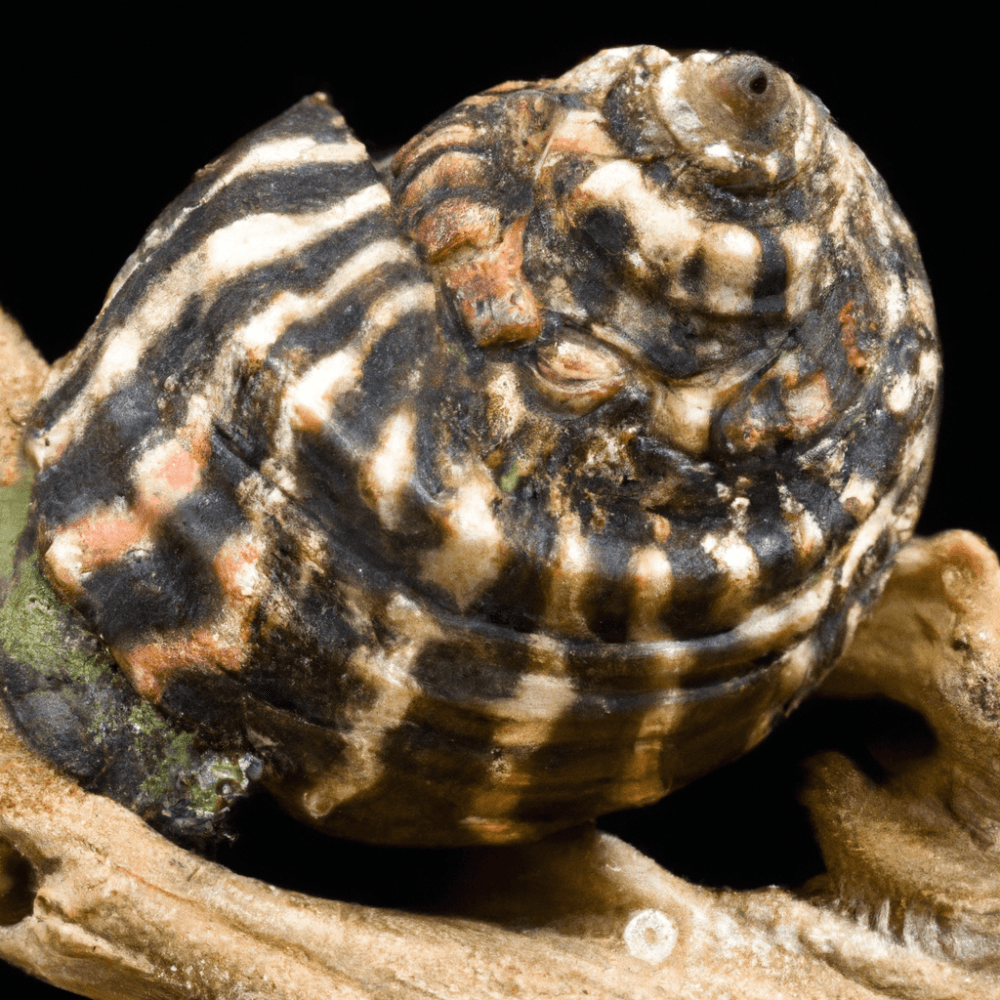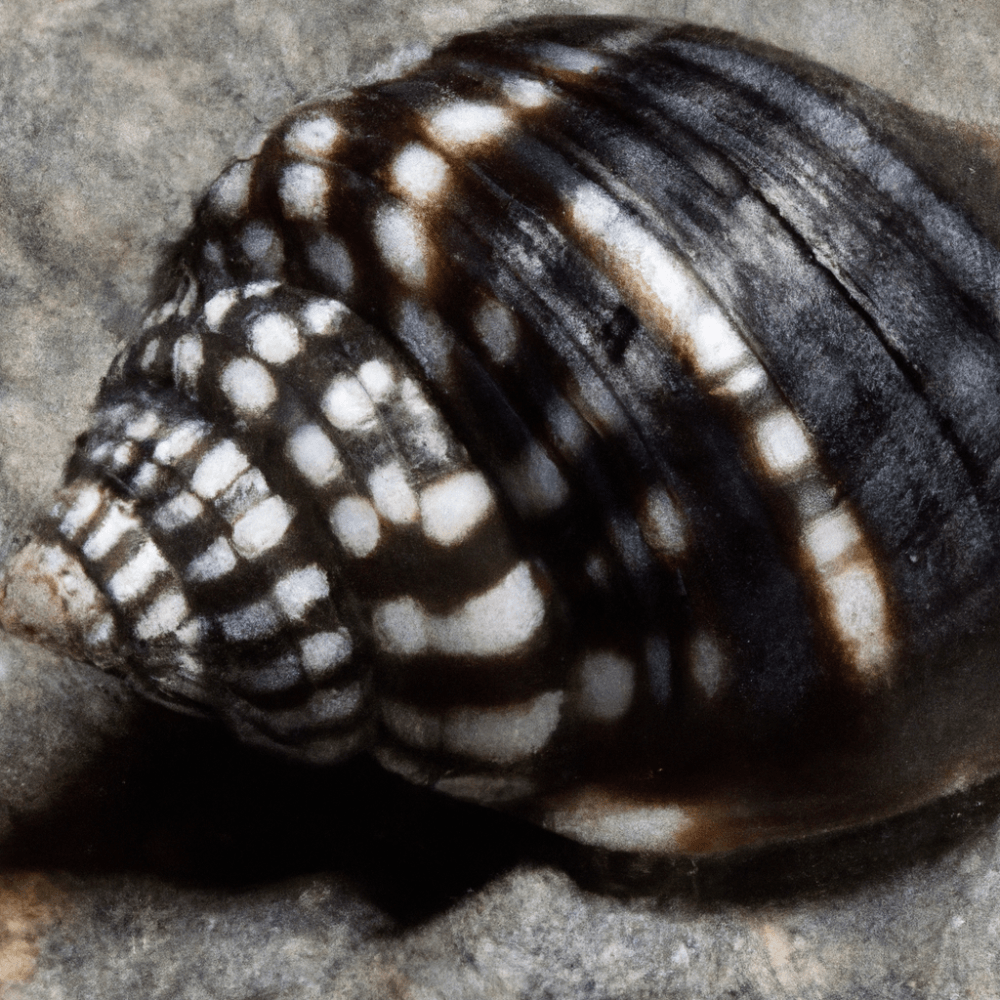Have you ever wondered if Nerite Snails have a taste for driftwood? Well, the answer might surprise you. In this article, we will explore the dietary habits of these fascinating creatures and unravel the mystery behind their peculiar preferences. Stay tuned to discover whether Nerite Snails truly have an appetite for driftwood or if it’s just a mere misconception.
Do Nerite Snails Eat Driftwood?

Characteristics of Nerite Snails
Nerite snails, known for their vibrant colors and unique patterns, are a popular addition to aquariums. These small, freshwater snails have a shell that ranges in color from black to yellow, creating a visually appealing display. With their rounded shape and smooth shell, Nerite snails can easily glide along the glass surfaces of aquariums, adding a touch of elegance to any aquatic environment.
Nerite Snails’ Diet
When it comes to the diet of Nerite snails, they are primarily herbivores. They feed on various forms of algae, including green spot algae, diatoms, and even hair algae. These snails use their radula, a specialized feeding organ, to scrape algae off different surfaces. As algae serve as their main source of nutrition, Nerite snails play a crucial role in maintaining a healthy balance in aquarium ecosystems by consuming excess algae growth.
Natural Habitat of Nerite Snails
Nerite snails are native to freshwater habitats in regions such as Southeast Asia, Africa, and the Americas. In their natural environment, these snails inhabit rivers, streams, and ponds. They often attach themselves to rocks, plants, or even driftwood found in these aquatic environments. The presence of driftwood is not only common in their natural habitat but also plays a significant role in the overall health and balance of these ecosystems.
Driftwood in Aquatic Environments
Driftwood is an integral part of many freshwater aquatic environments. It is the remains of fallen trees or branches that have been carried and deposited by water currents. Driftwood serves multiple purposes in these ecosystems. Firstly, it provides a natural and aesthetically pleasing element, mimicking the appearance of submerged trees. Secondly, it offers shelter and hiding places for various aquatic creatures, including fish, shrimp, and snails. Additionally, driftwood can release beneficial tannins into the water, creating a more natural and suitable environment for the inhabitants of the aquarium.

Can Nerite Snails Consume Driftwood?
While Nerite snails are known to scrape algae off different surfaces, they do not eat driftwood. Their primary source of nutrition is algae, and driftwood does not provide any nutritional value for them. However, Nerite snails may climb or attach themselves to pieces of driftwood for various reasons. They may utilize it as a surface to rest or as a hiding spot from potential predators. Therefore, while Nerite snails may interact with driftwood in aquariums, they do not consume it as part of their diet.
Nerite Snails and Algae Consumption
As mentioned earlier, Nerite snails are renowned for their ability to consume various types of algae. They are incredibly efficient algae eaters and can significantly reduce the presence of unsightly algae in aquariums. Nerite snails are particularly effective in controlling green spot algae and diatoms, which commonly plague aquarium owners. With their constant grazing, these snails help maintain a clean and healthy aquatic environment, preventing the overgrowth of algae.
Benefits of Driftwood in Aquariums
While Nerite snails do not eat driftwood, the presence of driftwood in aquariums offers several benefits. Apart from its aesthetic appeal, driftwood provides the inhabitants of the aquarium with a more natural and stimulating environment. Many fish and invertebrates find driftwood to be an essential component of their habitat. It provides them with hiding places, resting spots, and territorial boundaries. The tannins released by driftwood can also aid in creating a slightly acidic pH, which is beneficial for certain species of fish, such as those originating from soft water environments.
Using Driftwood in Nerite Snail Tanks
When incorporating driftwood into a tank housing Nerite snails, it is essential to consider the snails’ specific needs. While they may not consume driftwood, Nerite snails appreciate having it as part of their environment. Driftwood can serve as a climbing structure for the snails and provide them with additional surfaces to explore and attach themselves to. It can also create interesting hiding spots and territories within the tank, enhancing the overall aesthetics of the aquarium.
Alternative Food Options for Nerite Snails
Although Nerite snails mainly rely on algae for their nutrition, it is important to ensure they receive a diverse diet to maintain their health and well-being. Some aquatic hobbyists provide supplemental food options to meet the snails’ nutritional requirements. These options may include specialized algae wafers or pellets specifically formulated for herbivorous snails. It is best to choose high-quality commercial foods that contain a balanced blend of plant matter and nutrients to meet the dietary needs of Nerite snails.
Conclusion
In conclusion, Nerite snails do not eat driftwood as part of their diet. They primarily rely on algae as their main source of nutrition. Despite not consuming driftwood, these snails can still benefit from the aesthetic and functional aspects that driftwood provides. Driftwood offers a natural and visually pleasing element to aquariums while creating hiding places and territories for the snails. By understanding the characteristics, diet, and habitat of Nerite snails, as well as the importance of driftwood in aquatic environments, aquarists can provide a holistic and enriching environment for these fascinating creatures.